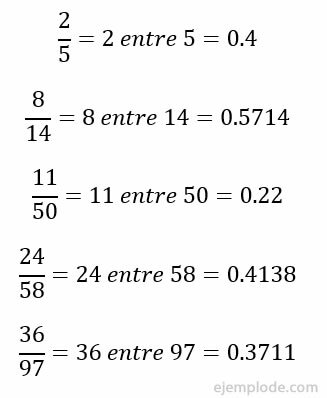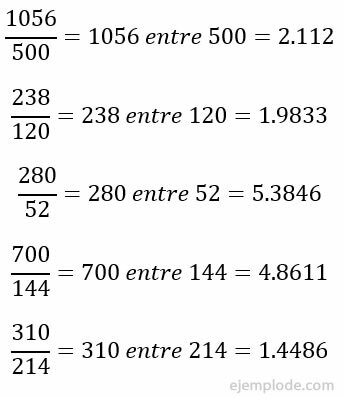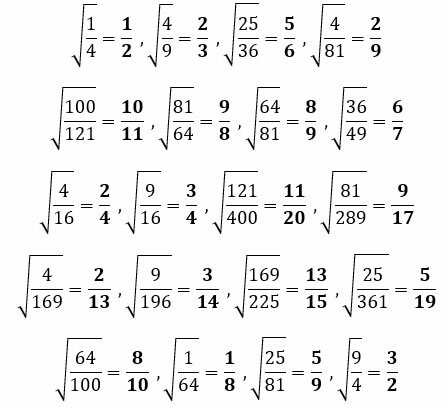Fraction Conversion Example
Math / / July 04, 2021
Fractions represent quantities that cannot be covered Wholes. It is possible to convert fractions to decimal numbers and do the opposite, by converting decimal numbers to proper and improper fractions.
More information on fractions here: examples of fractions.
Converting Fractions to Decimal Number
This conversion is the simplest, since it is enough to do the division: numerator / denominator, which is already indicated in the fraction. Here are some examples:
For the Own Fractions, it is known that the Unit is not completed, so it will always start with a zero, followed by the decimal point and the decimal part.

For the Improper Fractions, it is known that the unit is being exceeded, so we will have a number on the side of the integers, followed by the decimal point and the decimal part.

Converting Decimal Numbers to Fractions
By having a base of submultiples of 10, decimal numbers can be transformed into fractions, applying denominators multiples of 10. It will be explained with examples:
0.4
They are four tenths. The number 4 is used and a 10 is placed as the denominator:
4
10
0.22
It is twenty-two hundredths. The number 22 is used and a 100 is placed as the denominator:
22
100
0.177
They are 177 thousandths. The number 177 is used and a 1000 is placed as the denominator:
177
1000
0.2080
It is 2080 ten thousandths. The number 2080 is used and a 10000 is placed as the denominator:
2080
10000
After transforming the decimal numbers into fractions with denominators multiples of 10, they can be reduced to equivalent fractions:

More information on Equivalent Fractions: Examples of equivalent fractions.



